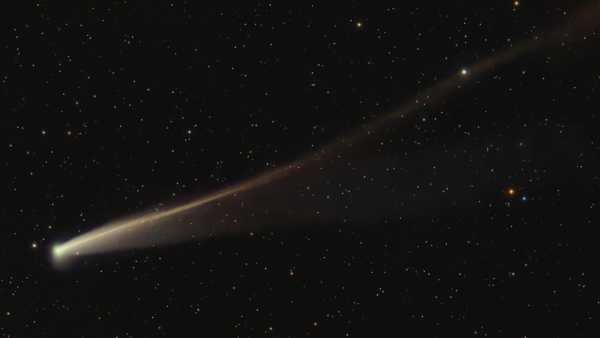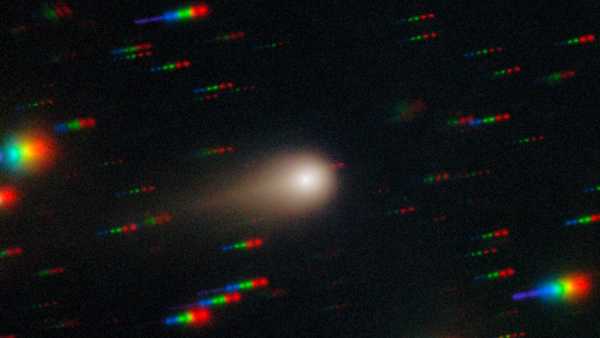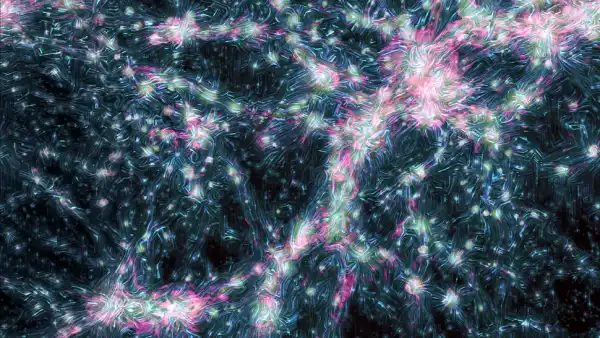
The cosmic web that stretches across the observable universe may contain remnants of ancient magnetic fields that formed after the Big Bang. Computational modeling suggests that it may be possible to predict the strength of these primordial fields. (Image: F. Vazza/D. Vittor/J. West)
New data suggests that the Universe's primordial magnetic fields may have been an order of magnitude weaker than initially estimated, reaching values comparable to the activity of neurons in the human brain.
Large-scale computational simulations were used to study traces of ancient magnetic fields preserved in the structures of the cosmic web.
Magnetism, a fundamental force that occurs when charged particles move, was already evident in the early universe, which was full of free ions. Experts have long suspected that the primordial fields were weaker than the modern ones formed by stars, black holes, and other cosmic objects.
Interesting materials
-
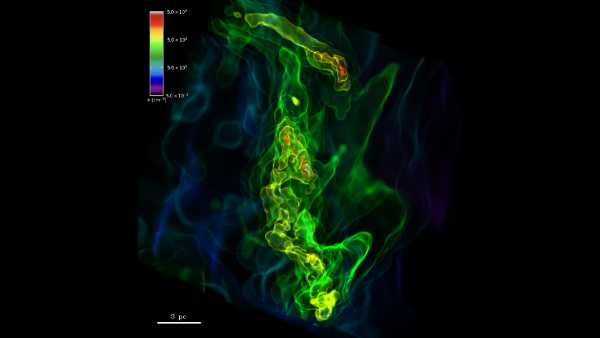
Researchers Closer to Solving the Lack of Traces of the First Stars in the Universe
-
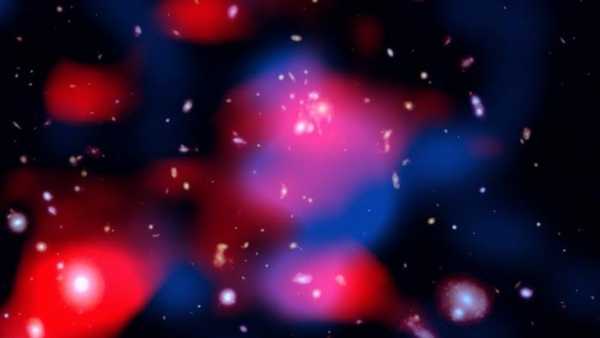
Record-Distant 'Mini-Halo' Sheds Light on Evolution of Early Universe
-
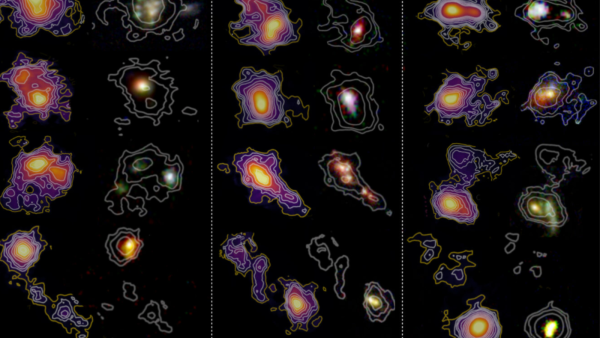
Hidden elements of ancient galaxies revealed by 'time machine'
The paper, published August 13 in Physical Review Letters, determined the maximum possible strength of the primary fields to be about 2e-11 gauss, which is billions of times weaker than a household magnet.
This value is “comparable to the magnetism generated by neural impulses in the brain,” the study’s authors noted.
Despite their weakness, traces of these fields remained in the intergalactic structures of the cosmic web, opening the way for new discoveries.
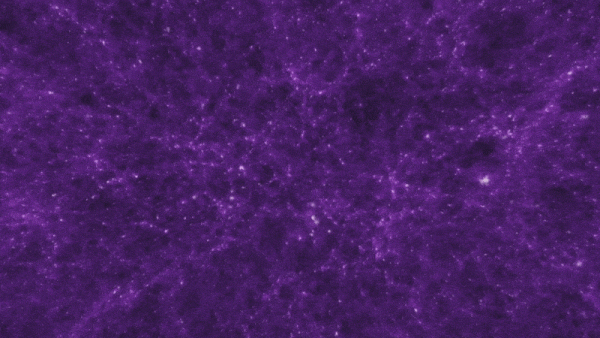
The initial stages of mapping the cosmic web. An animation showing what it would look like when hypothetically traveling faster than light.
The cosmic web is a giant network of threadlike structures that connects galaxies. Its composition and the nature of magnetic fields in intergalactic space remain the subject of research.
The main mystery is the origin of magnetic fields in the voids between galaxies. “We suggested that their origin could be processes in the early Universe,” explained Mac Pavicevic (SISSA) and Matteo Viel in a joint statement.
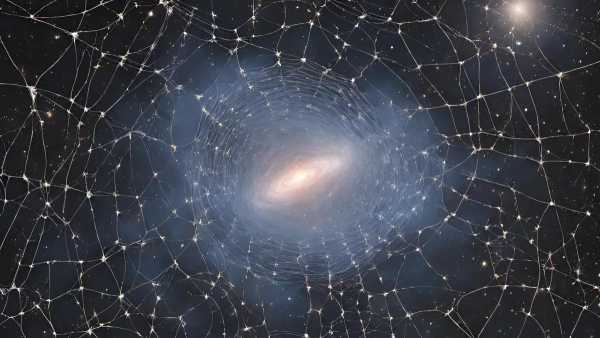
The cosmic web remains one of the most mysterious structures connecting the universe.
An analysis of 250,000 simulations based on observational data allowed scientists to establish tight limits for the parameters of magnetic fields in the early Universe.
ADDITIONAL MATERIALS
— The Webb telescope has recorded the most ancient threads of the cosmic web.
— Galactic shock waves in the cosmic web are the largest structures in the Universe.
— Microvortices could have given the Universe its structure.
For now, the conclusions are theoretical due to the impossibility of direct observation. However, they are consistent with the latest data on the relic radiation (RCF).
Further studies with the Webb telescope could help create improved models to test the hypothesis.

Harry BakerSocial Networks
Senior contributor to Live Science (UK). Education in marine biology (University of Exeter). Covers many areas: space exploration, climate, paleontology. Winner of the Aerospace Media Awards 2024, finalist of the NCTJ Awards 2023. Author of the series “Earth from Space”.
To comment, you must update your display name.
Please log in again.
Exit Next
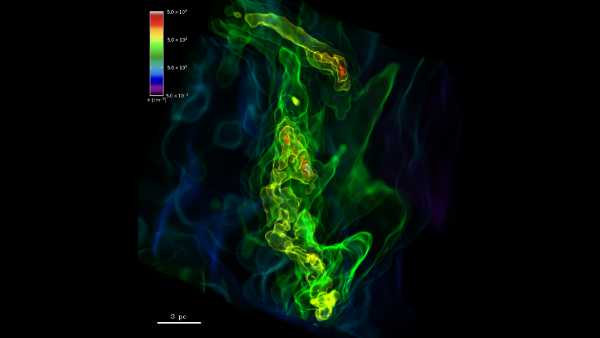
The mystery of the disappearance of traces of the first stars is close to being solved
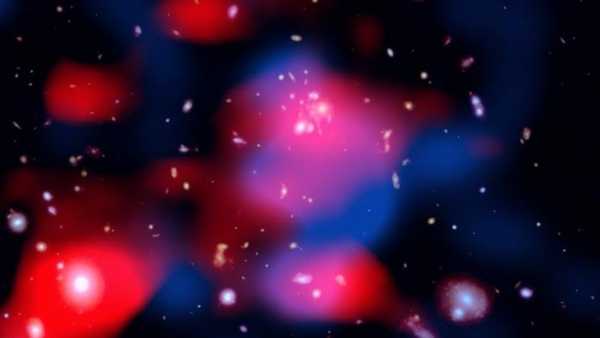
Record-Breaking 'Mini-Halo' Changes Our View of the Early Universe
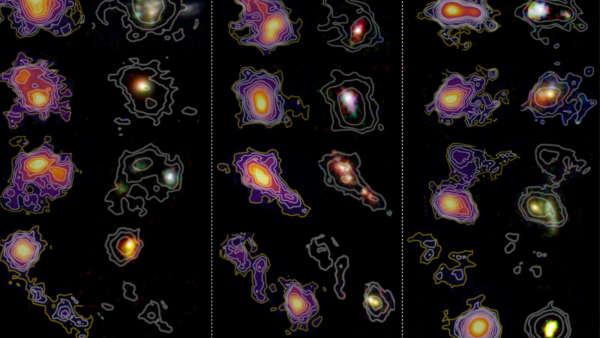
Chronovisor reveals unknown elements of ancient galaxies
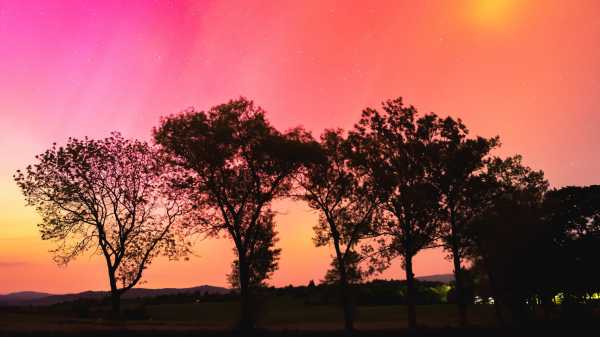
Unexpected connection between the Earth's magnetism and oxygen levels
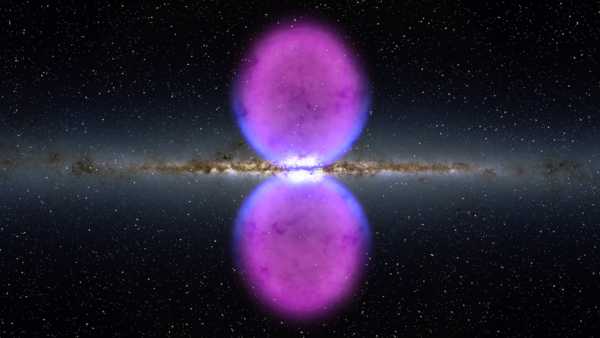
Mysterious Icy Clouds in Galactic Center: Traces of Black Hole Activity
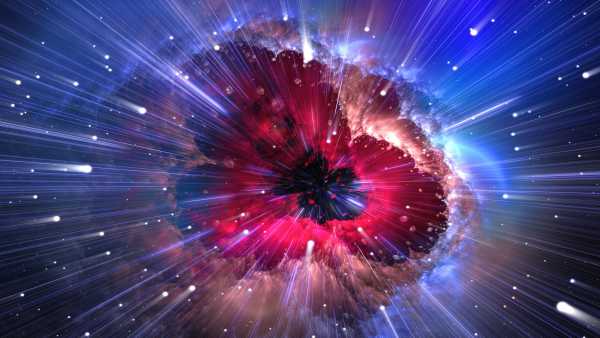
Ground-based telescope records light from 'cosmic dawn' for first time

'Grape Galaxy': An Unusual Find in the Early Universe
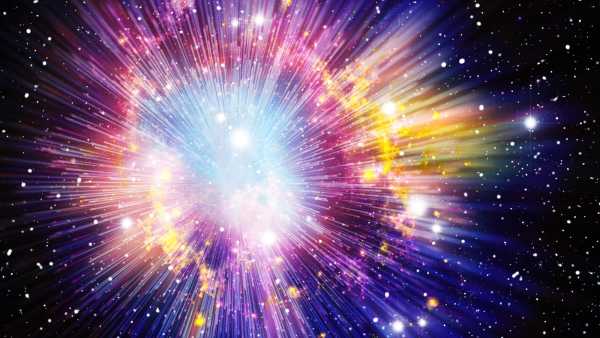
Forecast: the beginning of the “death” of the Universe in 10 billion years
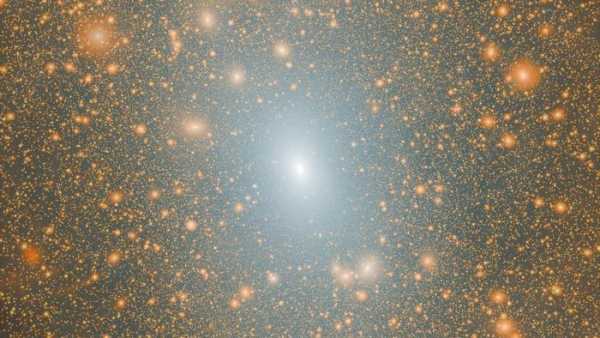
Supercomputer predicts hundreds of hidden galaxies around the Milky Way
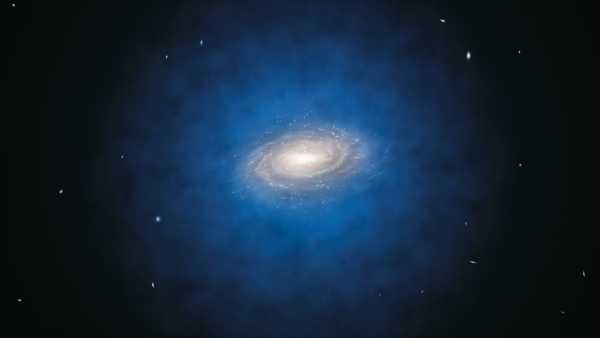
Hypothesis: Earth is located in a giant cosmic void
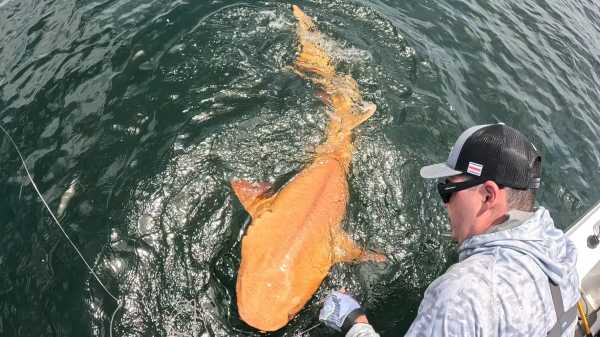
Unique shark with double mutation discovered in Caribbean Sea
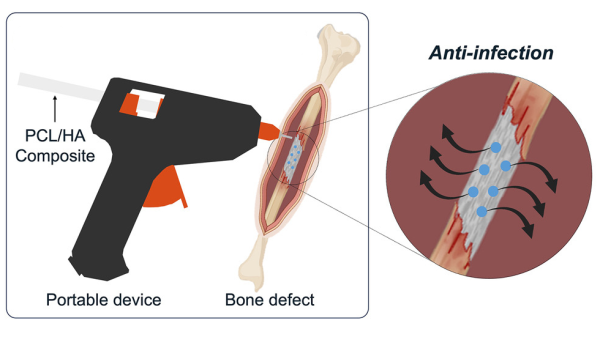
Innovative 3D Printing Method for Bone Implants
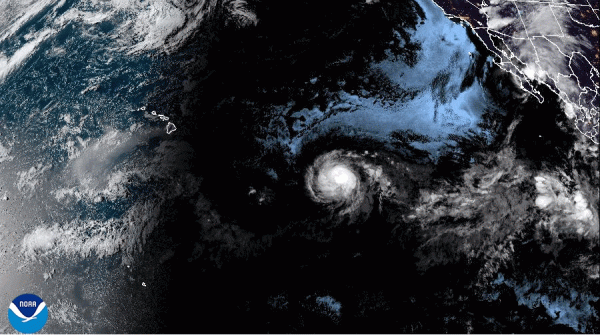
Hurricane Kiko weakens before approaching Hawaii
© Future US, Inc. 130 West 42nd Street, New York, NY 10036.
Sourse: www.livescience.com



